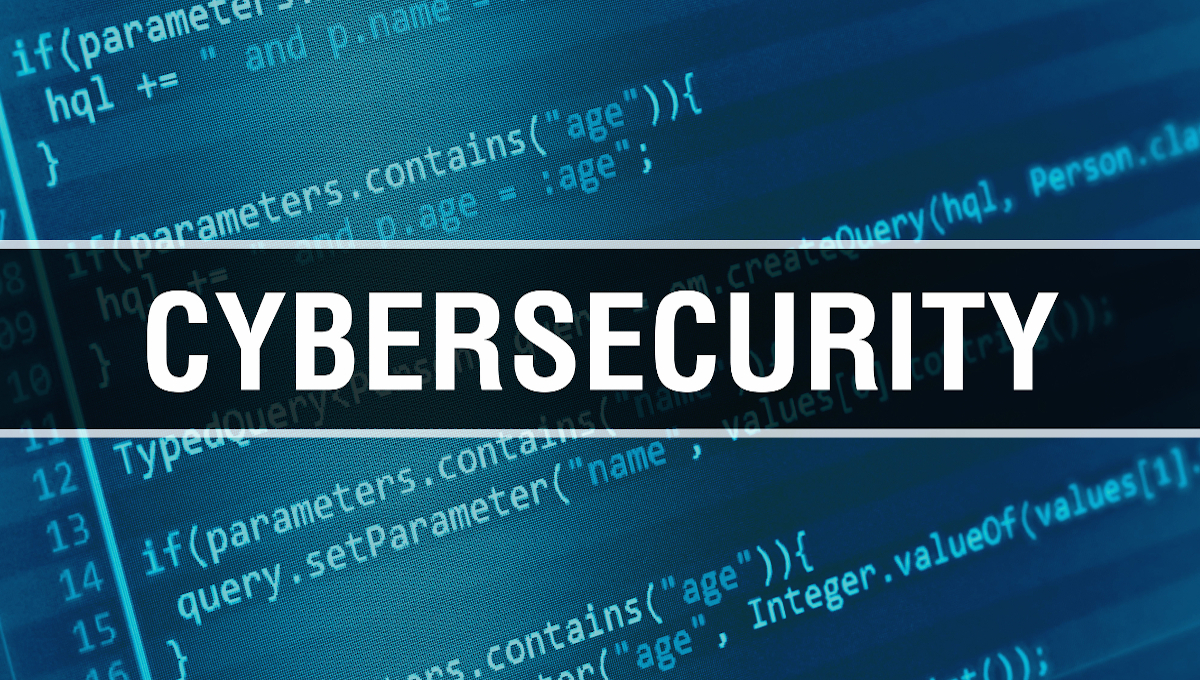
Cybersecurity is the technique of guarding against digital assaults on systems, networks, and software. These hacks are typically designed to examine, change, or delete sensitive information, extort money from users, or disrupt regular company activities.
Implementing effective cybersecurity measures is more difficult nowadays due to the fact that there are more gadgets than humans, and attackers are becoming more creative.
Why is cybersecurity important?

Everyone benefits from improved cyber defense strategies in today's linked society. A cybersecurity assault on an individual can result in everything from identity theft to extortion attempts to the loss of sensitive data such as family pictures. Everyone is reliant on crucial infrastructure such as power plants, hospitals, and financial institutions. Securing these and other organizations is critical to the operation of our society.
Everyone benefits from the efforts of cyberthreat researchers, such as Talos' 250-person threat research team, which investigates new and emerging threats and cyber assault techniques. They identify new vulnerabilities, educate the public about the significance of cybersecurity, and fortify open source technologies. Their efforts make the Internet a safer place for everyone.
What does cybersecurity mean for your business?

Cybersecurity is a business issue that has been raised in boardrooms for years, but accountability remains solely with IT leaders.
In the Gartner Board of Directors Survey for 2022, 88% of board members assessed cybersecurity as a business risk, while just 12% classified it as a technological risk. Nonetheless, according to a 2021 poll, the CIO, the chief information security officer (CISO), or their equivalent were considered liable for cybersecurity in 85% of firms.
Because digital information and technology are now so deeply embedded in day-to-day work, organizations have become significantly more exposed to cyberthreats. However, the assaults themselves are becoming significantly more sophisticated, targeting both information and essential infrastructure.
Cyber-risk incidents can have substantial operational, financial, reputational, and strategic ramifications for a company. Existing safeguards have become less effective as a result, and most firms must boost their cybersecurity game.
What is a cyberattack?

The most common and notable types of cybersecurity attacks include:
Phishing and social-engineering-based attacks.
Attackers deceive genuine users with correct access credentials into doing actions that allow unauthorized users to transmit information and data out (data exfiltration).
Internet-facing service risks (including cloud services).
These concerns are related to companies, partners, and suppliers failing to appropriately protect cloud services or other internet-facing services from recognized vulnerabilities (for example, configuration management failure).
Password-related account compromises.
Unauthorized users utilize software or other hacking tools to detect commonly used and reused passwords that they can use to obtain access to sensitive networks, data, or assets.
Misuse of information.
Authorized users may unintentionally or knowingly distribute or abuse information or data to which they have lawful access.
Network-related and man-in-the-middle attacks.
Because of the inability to encrypt messages within and outside an organization's firewall, attackers may be able to eavesdrop on unprotected network traffic or divert or interrupt traffic.
Supply chain attacks.
Partners, vendors, or other third-party assets or systems (or code) are hacked, opening the door for an attack or data exfiltration from business systems.
Denial-of-service attacks (DoS).
Attackers overwhelm business systems, causing a temporary breakdown or slowness. DDoS assaults, which use a network of devices, also overwhelm systems. (Also see "What is a DDoS attack?")
How much should I spend on cybersecurity

The amount you spend on cybersecurity does not indicate your degree of protection, nor does it reveal your level of protection in comparison to others'.
Most monetary representations of risk and security readiness (e.g., "Is that a $5 million risk or a $50 million risk?") are not believable nor defensible, and even when they are, they do not assist everyday security decision making.
To allow more effective governance of cybersecurity goals and investments, use outcome-driven metrics. ODMs do not measure, report, or influence investments according to threat type; aligning spending to handle ransomware, assaults, or hacking is outside your control. Rather, direct expenditures towards the countermeasures that address such dangers.
An enterprise, for example, cannot control whether it is attacked by ransomware, but it can allocate resources to three important controls: backup and restore, business continuity, and phishing training. These three controls' ODMs indicate how well the organization is secured against ransomware and how much that level of protection costs – a business-based analysis that offers a compelling message to the board and other senior management.
It is important to note that a control may be any mix of people, processes, and technology that you own, manage, and deploy to provide security to the company. Using a cost optimization technique, assess the cost (investment), value (benefit), and amount of risk handled for each control. Better protection (lower risk) is often more costly.